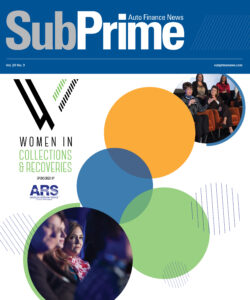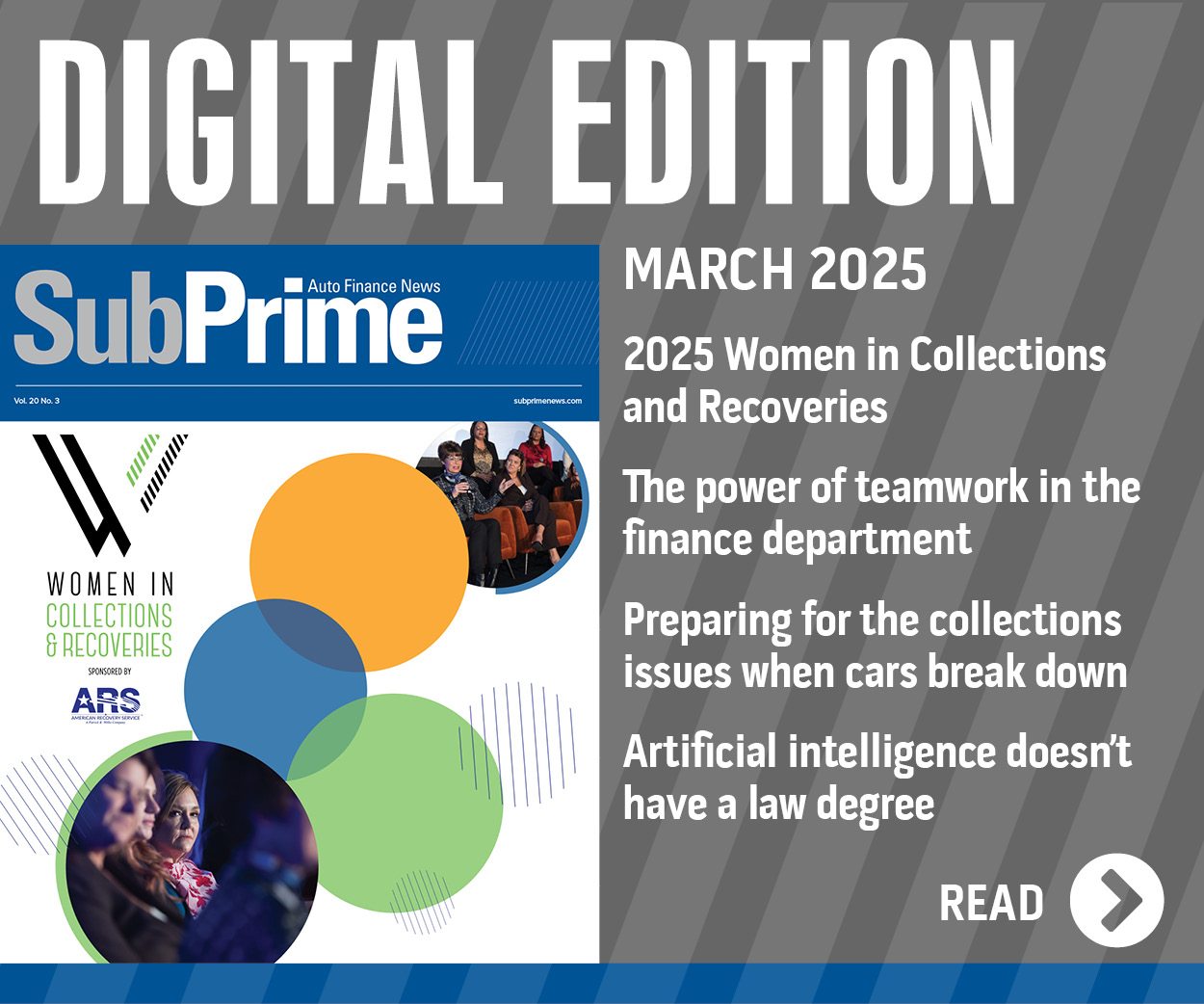New Experian tool taps into banking activities to enhance underwriting

Experian rolled out a new tool on Thursday to help finance companies and other lenders work with consumers who might not be in the prime space or have robust credit histories.
The company announced the launch of Cashflow Attributes, a solution to help expand what Experian sees as “fair and affordable” access to credit, particularly for thin-file and credit invisible consumers.
With more than 900 income, cashflow and affordability attributes, Experian’s cashflow insights are available now and allow lenders to seamlessly integrate banking data into their decision-making.
Experian reiterated that a consumer’s credit report is the most effective means to assess lending risk. However, Experian acknowledged nearly 106 million U.S. consumers are unable to secure credit at mainstream rates either because they are credit invisible, unscoreable by conventional credit scores, or have a subprime or below credit score.
Here’s how Cashflow Attributes are designed to works
—Finance companies and lenders requesting Cashflow Attributes provide Experian with depersonalized transaction information from their existing customers or with consumer-permissioned account information from other banks.
—Next, Experian, as a service provider to its clients, analyzes and categorizes the information using its proprietary categorization model.
—And in seconds, Experian can deliver the transaction categories and predictive attributes back to the lender.
Experian’s proprietary categorization model can also be leveraged independently by lenders to gain deeper insights, drive more personalized experiences, and help improve financial management tools.
Experian highlighted layering traditional credit report data with cashflow insights helps create a more detailed view of a consumer’s financial health and creditworthiness for finance companies and lenders and can provide more opportunities for consumers.
Why is that important? Experian cited three reasons, including:
—Financial inclusion: 42% of adults lack a conventional credit score in a range that typically grants access to credit at standard rates. Cashflow Attributes, which leverages checking and savings account information, can offer a more comprehensive view of an individual’s financial profile. Using traditional credit data with lender-obtained cashflow information may unlock opportunities for consumers who may not have qualified if a lender was using traditional credit data on its own.
—Enhanced predictive accuracy: While cashflow insights can be predictive on their own, the company explained that when viewed with traditional credit information from Experian and expanded Fair Credit Reporting Act data, Cashflow Attributes can boost predictive accuracy by up to 20%, allowing finance companies and lenders to drive revenue growth while mitigating risk.
—Consumer willingness: Experian’s research shows 71% of consumers are willing to share their banking information if it increases their chances of credit approval.
“Supporting financial inclusion and creating an equitable path to credit is ingrained in our DNA,” said Scott Brown, group president of Experian Financial and Marketing Services. “We believe banking information holds untapped potential and that our new Cashflow Attributes represent an exciting step forward that can easily be integrated into lending decisions.
“As we look ahead, we will continue to leverage our core credit data, new data elements and our analytics expertise to unlock new opportunities for both consumers and businesses,” Brown added.

 View The Latest Edition
View The Latest Edition

